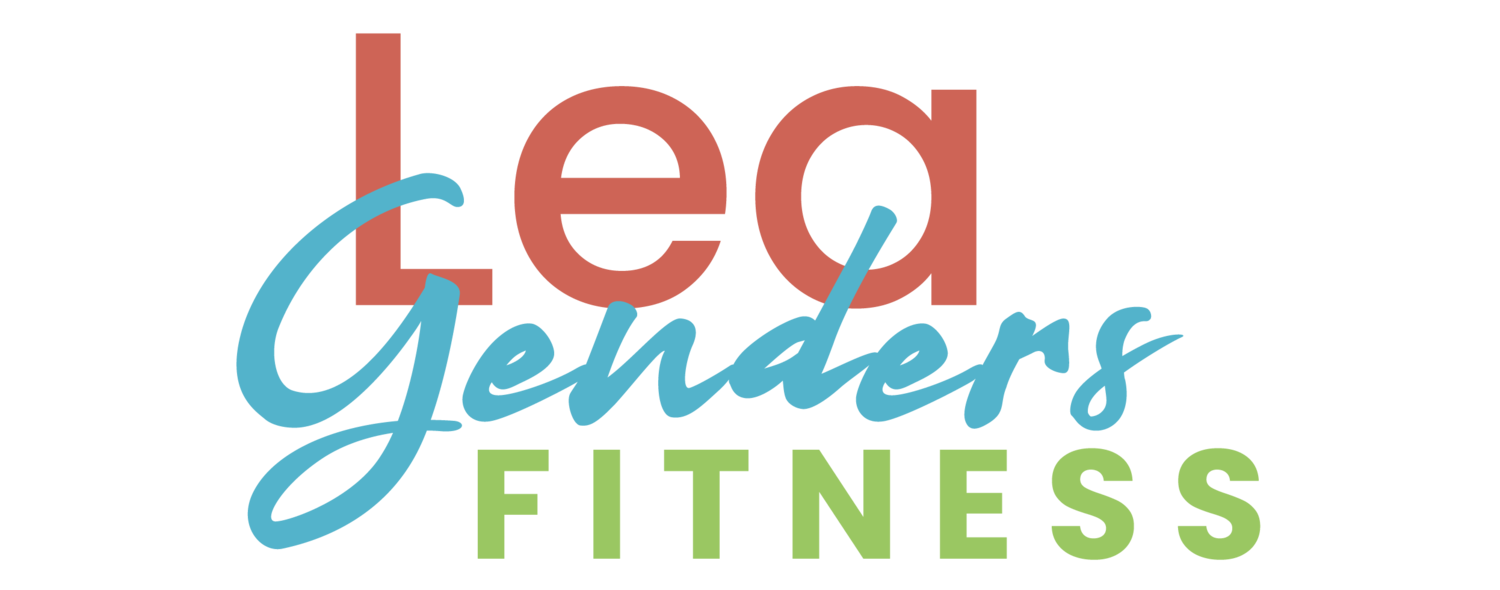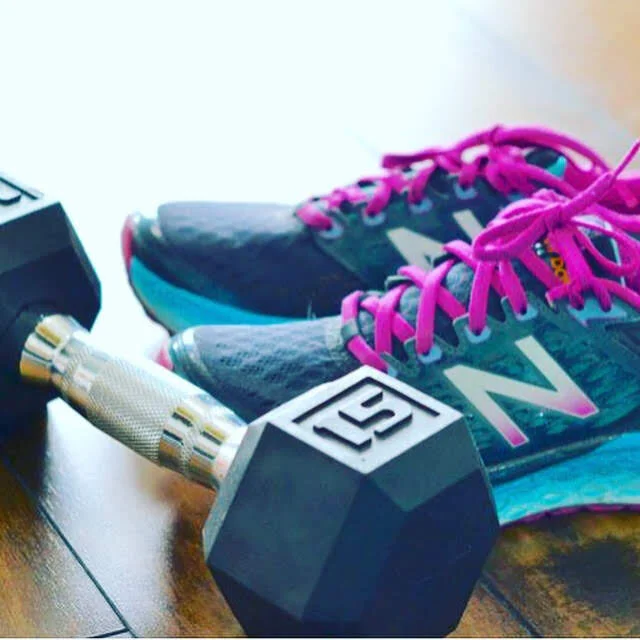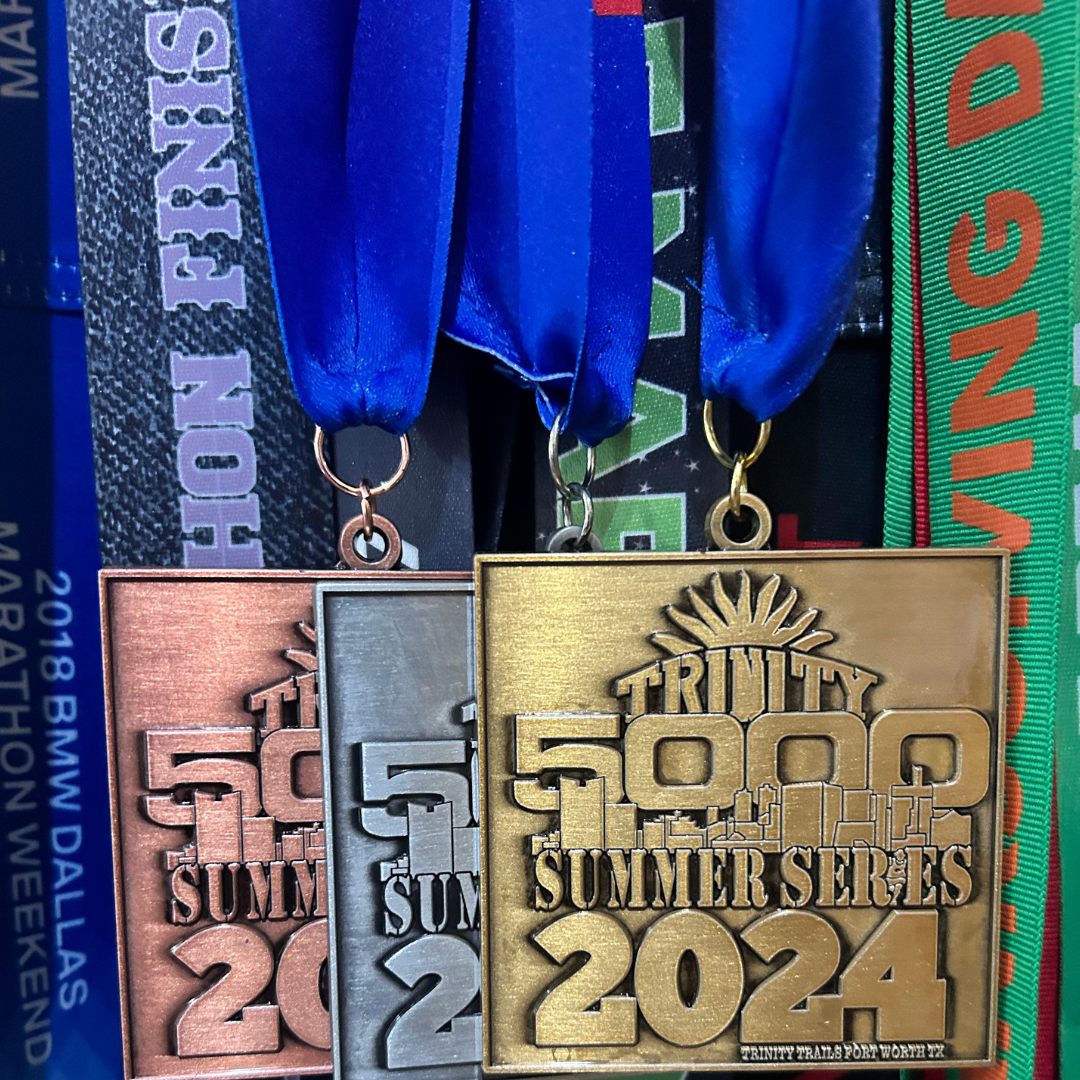We are about to enter the most wonderful time of the year, but it also comes with stress, busyness, and possibly a side of food anxiety.
When I talk to people about their fitness goals, they often tell me they want to "enjoy" the holidays and will focus on their fat loss goals on January 1. Many feel they don't have the energy, capacity, or time to focus on fat loss during these busy times. But they don't understand that being mindful of health and fitness during the holidays will give them the energy to thrive—despite the added stress of the season!
The big mistake is thinking fat loss requires a crazy new diet, heavy food restrictions, or an extreme exercise program that takes hours each day. Who has time for that during the holidays? No one!
Instead, fat loss can involve mindfulness, making the most of each exercise minute, and still enjoying food. The best time to start your fat loss goals is now.
10 Reasons NOT to Wait Until January 1 to Start or Continue Toward Your Fat Loss Goals
1. Get a Head Start
Starting now gives you a head start on your goals. By January 1, you'll already have progress under your belt, instead of starting from scratch. Ignoring your health and fitness over the next eight to ten weeks could mean starting in a worse place than you are today. If you approach the holidays with mindfulness and confidence, you'll build a strong foundation to reach even higher goals in the new year.
2. Avoid the January Rush
Gyms and fitness programs are packed in January. By starting early, you can avoid the overwhelm and establish your routine before the crowds hit. Research shows that many people start strong with New Year's resolutions, but a significant percentage quit early. Here are some key statistics:
80% Fail by February – Around 80% of New Year's resolutions fail by the second week of February (U.S. News & World Report).
23% Quit in the First Few Weeks – A Strava study found most people give up their resolutions by January 19, calling it "Quitter's Day."
Less than 10% Succeed – Only about 9% of people who set resolutions feel successful by the end of the year (University of Scranton).
If you've set New Year's resolutions before and haven’t succeeded (join the club!), let’s try something different this time. There is nothing special about January first; every day is a good day to start or start over. So what are we waiting for?
3. Maintain Consistency
The holidays are busy, but starting now helps build consistent habits. You'll learn to fit fitness and healthy eating into your life—even during hectic times. Success toward your goals is more about skills, abilities, and habits than motivation or discipline.
Think about it: if you wait until things calm down, what happens when life inevitably gets busy again? By starting now, you build the skills to maintain your healthy lifestyle, no matter how crazy life gets.
I like to think of health and fitness as a dial instead of an on/off switch. You can dial it up or down depending on what’s going on in your life. If you flip the fitness switch off whenever life gets busy, you'll never make lasting progress.
4. Less Stress, More Success
Waiting until January adds pressure to succeed quickly. Starting now allows for a slower, more sustainable approach, reducing stress. Instead of viewing the New Year as the only time for a fresh start, see every day as a new opportunity to take action toward your goals.
Adopt a mindset of progress over perfection. Remember, consistently good is better than occasionally perfect. This combats the all-or-nothing thinking that kills progress.
5. Small Wins Build Momentum
Seeing small improvements during the holiday season builds confidence and motivates you to keep going into the new year. Non-scale victories like more energy, feeling stronger, better-fitting clothes, and improved sleep are all signs of progress.
6. Control Holiday Indulgences
Being mindful now allows you to enjoy holiday treats in moderation without guilt or falling off track completely. Break the diet mindset of heavy restrictions, which your brain will rebel against! Instead, practice mindfulness with your eating: slow down, enjoy treats in moderation, watch portion sizes, and fuel your body with the nutrients it needs to perform at its best.
During the season, you will have plenty of opportunities to practice and hone your nutrition skills. Your newly acquired habits will make nutrition feel easy when life slows down in January.
7. Strengthen Your Immune System
Staying active and eating well support your immune system, especially during cold and flu season. When you are healthy, you’ll feel better than ever and can enjoy the season the most.
8. Beat the Holiday Weight Gain
It's common to gain weight over the holidays. Treats are everywhere, and most people struggle to maintain their weight. Starting your fat loss journey now can help prevent holiday weight gain and keep you progressing towards your goals.
9. Boost Your Energy
Exercise and balanced nutrition boost your energy levels, helping you power through holiday errands, events, and responsibilities. If you want to feel more energized, fueling your body properly and staying active makes all the difference.
10. Start Fostering a Healthy Mindset
All-or-nothing thinking—believing that if you can’t do everything perfectly, you might as well not do anything—often sabotages our efforts. If we start this mindset in December, thinking we'll hit the reset button in January, it’s unlikely to magically change. Progress is about consistency, not perfection, so making small, manageable steps now builds the healthy habits you’ll need in the long term. Why wait?
Many people think postponing their health goals will let them 'enjoy' the holidays more, but in reality, prioritizing fitness and well-being can boost your energy, reduce stress, and make the season more enjoyable than ever.
Where to Start?
Are you thinking, “But Lea, where do I start? It’s so confusing! All the information I see online contradicts itself!”
The truth is, it’s pretty simple. It takes work, of course, but the concepts are easy to grasp and apply. It takes some focus, attention, and action on your part.
First, it starts with your mindset (you can't skip this part!). Then, we address nutrition, breaking free from the diet culture many of us grew up with.
Next, we talk about exercise. You may have heard myths like burning as many calories as possible, "no pain, no gain," and if you're not sore, you're not working hard enough. That’s not sustainable for long-term fat loss. We’ll focus on maximizing every exercise minute to get the best results. It’s the boring stuff, done consistently over time, that works.
Finally, we cover lifestyle factors: how does this fit into your life? How do you manage stress? Are you sleeping enough to optimize fat loss? Are you allowing your body time to recover?
If you want to learn more, join me for a FREE workshop to help you navigate the holiday season while staying on track with your fat loss goals—without missing out on the fun! In this workshop, you’ll learn practical strategies for enjoying your favorite holiday foods, managing stress, and staying focused on your health. We’ll cover sustainable nutrition tips, mindset shifts for long-term success, and simple ways to keep active during the busiest time of the year. Don’t just survive the holidays—thrive through them! You will enjoy the holidays when you feel your best!
Do you know someone who might benefit? It helps me when you share with your friends and followers.
Questions? I’d love to help.
I am a master health coach, personal trainer, and running coach, dedicated to helping YOU get strong, body and mind!

































An online joke about Severance sparked an interesting question: Can I get severed, but for the gym? If you could separate your fitness life from the rest of your existence, would you? Would you choose to be the gym Innie, fully immersed in the sweat and effort but with no memory of why you’re doing it? Or the Outie, who never experiences the grind but wakes up stronger, leaner, and more muscular—reaping the rewards without recalling the work? At first glance, being the Outie seems like the better deal, but is it really? The harder part of fitness often isn’t just the workouts—it’s the other 23 hours of the day: nutrition, recovery, sleep, and stress management. This post explores why true success comes from reintegration—learning to embrace both the process and the results, rather than trying to separate them.